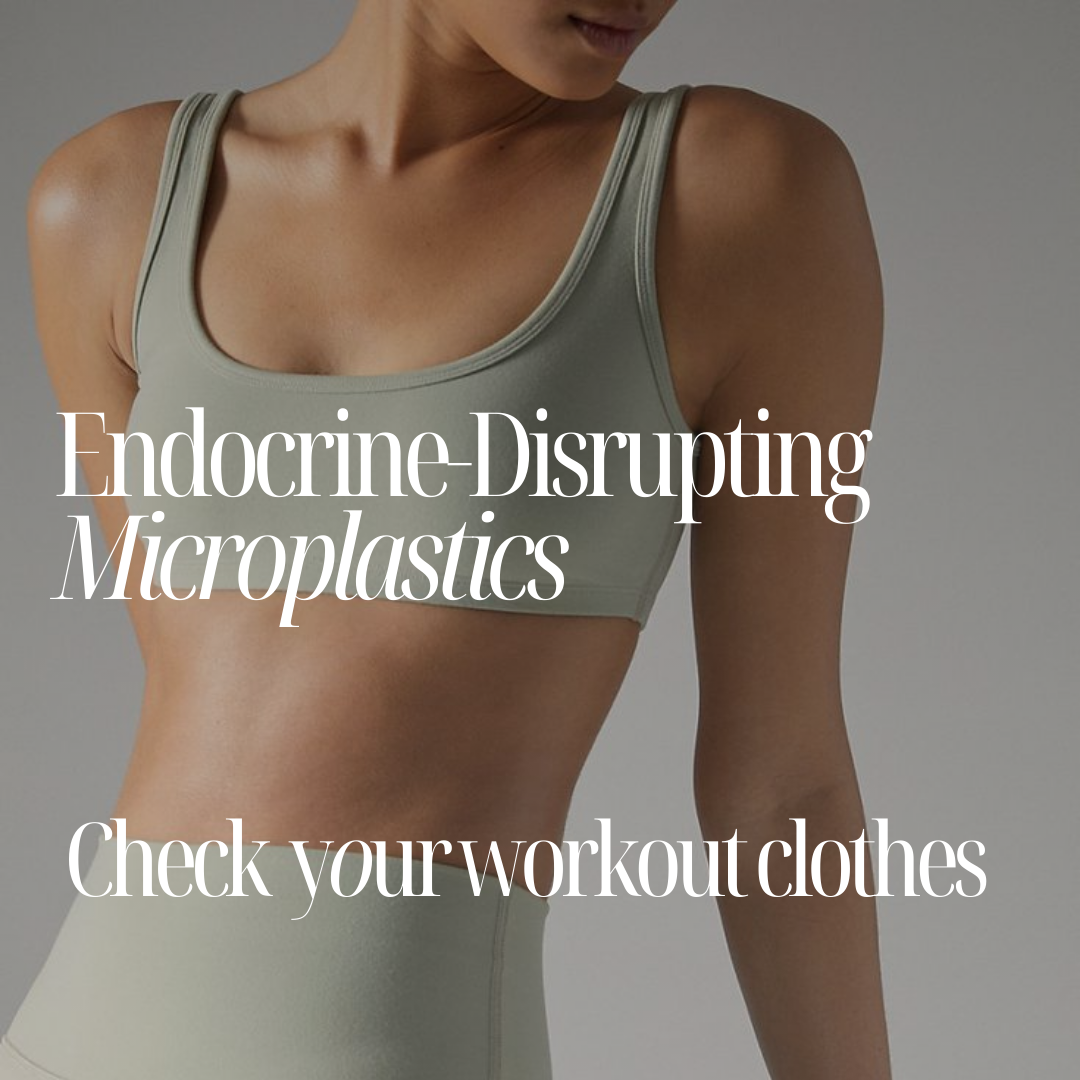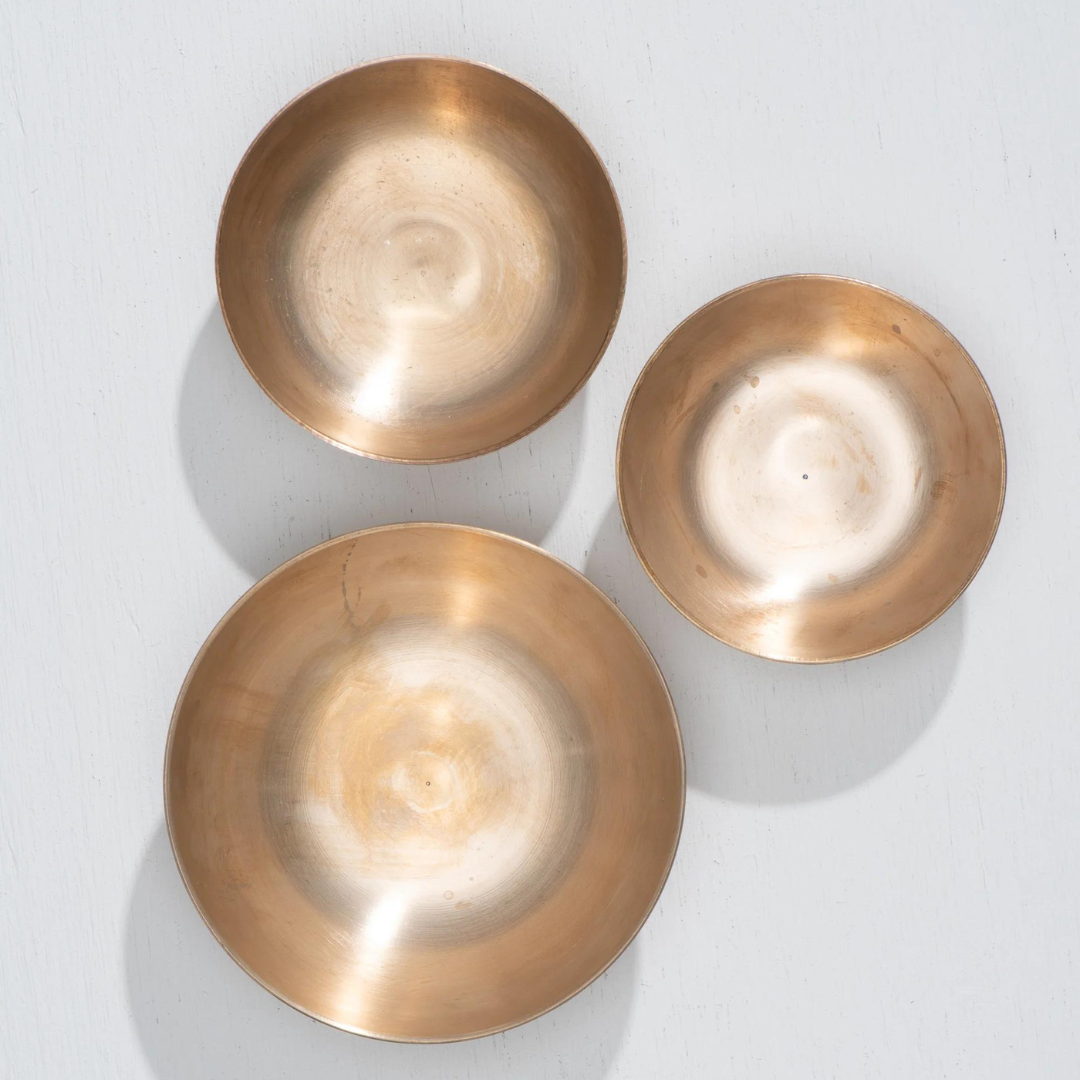The Hidden Danger in Your Workout Clothes: Endocrine-Disrupting Microplastics

The Hidden Danger in Your Workout Clothes: Endocrine-Disrupting Microplastics
In the pursuit of a healthy lifestyle, many of us turn to regular exercise and invest in high-performance workout gear. However, an alarming issue has emerged in the realm of fitness apparel: the presence of endocrine-disrupting microplastics. These tiny particles can pose significant health risks, raising concerns about the very clothing meant to support our fitness goals. This article delves into the problem of microplastics in workout clothes, their potential impacts on our health, and what we can do to mitigate these risks.
Understanding Microplastics
What Are Microplastics?
Microplastics are tiny plastic particles, usually less than 5 millimeters in size. They can originate from a variety of sources, including the breakdown of larger plastic items, microbeads in cosmetics, and fibers from synthetic fabrics. In the context of workout clothes, microplastics primarily come from materials like polyester, nylon, and spandex, which are commonly used due to their durability, elasticity, and moisture-wicking properties.
How Do Microplastics Enter Our Bodies?
Microplastics can enter our bodies in several ways:
- Inhalation: Tiny fibers released from clothing during movement and washing can be inhaled.
- Dermal Absorption: Prolonged contact with the skin, especially during sweaty workouts, can facilitate the absorption of chemicals leached from microplastics.
- Ingestion: Microplastics can also be ingested indirectly through contaminated water and food sources.
The Endocrine Disruption Connection
What Are Endocrine Disruptors?
Endocrine disruptors are chemicals that can interfere with the endocrine (hormone) system in the body. These disruptions can lead to a variety of health issues, including reproductive problems, developmental disorders, immune system impairments, and an increased risk of certain cancers.
Microplastics as Endocrine Disruptors
Microplastics themselves are problematic, but the real danger lies in the chemical additives they often contain, such as phthalates, bisphenol A (BPA), and flame retardants. These chemicals can leach out of the plastic particles and interfere with hormone function, mimicking or blocking hormones and disrupting the body’s normal processes.
The Impact on Health
Potential Health Risks
The potential health risks associated with exposure to endocrine-disrupting microplastics include:
- Hormonal Imbalances: Disruption of hormones can lead to issues such as thyroid dysfunction and irregular menstrual cycles.
- Reproductive Health: Exposure to these chemicals can affect fertility and development of the reproductive system.
- Developmental Problems: Children and fetuses are particularly vulnerable, with exposure linked to developmental delays and cognitive impairments.
- Chronic Diseases: Long-term exposure is associated with an increased risk of diabetes, obesity, and certain cancers.
Addressing the Issue
Choosing Safer Workout Clothes
Consumers can take several steps to minimize their exposure to microplastics:
- Opt for Natural Fibers: Choose workout clothes made from natural materials like organic cotton, bamboo, and merino wool, which do not shed microplastics.
- Look for Certifications: Seek out brands that are certified by organizations such as OEKO-TEX, which ensures textiles are free from harmful chemicals.
- Avoid Fast Fashion: Invest in high-quality, durable workout gear that is less likely to shed microfibers.
Proper Care and Maintenance
Proper care of synthetic workout clothes can reduce microfiber shedding:
- Use a Guppyfriend Bag: Washing synthetic clothes in a Guppyfriend bag can capture microfibers before they enter the water system.
- Wash Less Frequently: Reducing the number of washes can decrease the release of microfibers.
- Cold Water and Gentle Cycles: Washing clothes in cold water on a gentle cycle can minimize fiber shedding.
The Role of the Industry and Regulation
Industry Innovations
The textile industry is beginning to recognize the problem and innovate solutions:
- Developing New Materials: Companies are researching alternative materials that mimic the properties of synthetic fibers without the associated risks.
- Improving Filtration Systems: Advances in washing machine technology aim to better capture microfibers during laundry cycles.
Regulatory Measures
There is a growing call for stricter regulations on the use of harmful chemicals in textiles:
- Bans and Restrictions: Governments are considering bans on specific endocrine-disrupting chemicals in consumer products.
- Enhanced Testing and Labeling: Increased transparency and mandatory testing for microplastic content in clothing can help consumers make informed choices.
Conclusion
The presence of endocrine-disrupting microplastics in workout clothes poses a significant health risk, undermining the very benefits of exercise and a healthy lifestyle. By making informed choices about the materials and brands we choose, and advocating for greater industry accountability and regulation, we can reduce our exposure to these harmful substances. As consumers, we have the power to drive change towards safer, more sustainable workout gear that supports our health and well-being.



